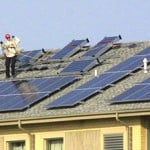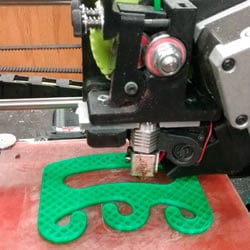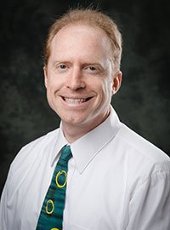- Conduct microscopic and spectroscopic studies of metals and alloys to determine their physical characteristics such as crystal structures, dispersion of alloy particles through basic metal, presence of impurities, fractures and other defects in metal samples.
- Review reports on tests of alloys in tension or fatigue devices to study physical characteristics for manufacturing purposes or determine compliance with manufacturing specifications and standards.
- Provide required characteristics and testing requirements for all incoming rods
- Collect and review data on conformance of rod materials to established standards
- Initiate claims/complaints concerning defective or substandard rod and provide data to substantiate those actions.
- Determine appropriate processing routes for rejects or returned materials and assure that the correct dispositions are being carried out.
- Provide basic metallurgical service for process control and product analysis.
- Review process history for trends; assess processes for their relevance and assess adequacy of equipment
- Identify and implement strategies to reduce scrap
- Provide technical support to production, quality and sales
- Lead continuous improvement activities
- Review rod certifications to ensure compliance
- Assist in maintaining ISO 9001 certification
- Other duties as assigned
- Communicate effectively using verbal and written communication skills.
- Leadership skills to effectively supervise direct reports.
- Has the ability to solve problems using analytical tools and skills.
- Must have an excellent attendance record
- Must be comfortable working with tight deadlines.
- Must be able to work overtime when needed.
- Is a self-directed individual who can prioritize tasks.
- Is willing to learn other functions to support the mission of the organization.
- Maintain confidential information.
- Bachelor’s degree in metallurgy, materials science or related field is required.
- Experience in wire galvanizing and stranding is preferred.
- Knowledge and experience in Six Sigma, Lean Manufacturing, Total Quality Management systems, Kaizen, DOE, FMEA and other best practice protocols is preferred
- Superior organizational, analytical, problem solving, multi-tasking, written and verbal communication skills.
- Strong computer skills in Microsoft Excel, Word, PowerPoint, Access, and Project software
- The employee is required to use the computer extensively each day.
- Near visual acuity is required.


 In the News
In the News




